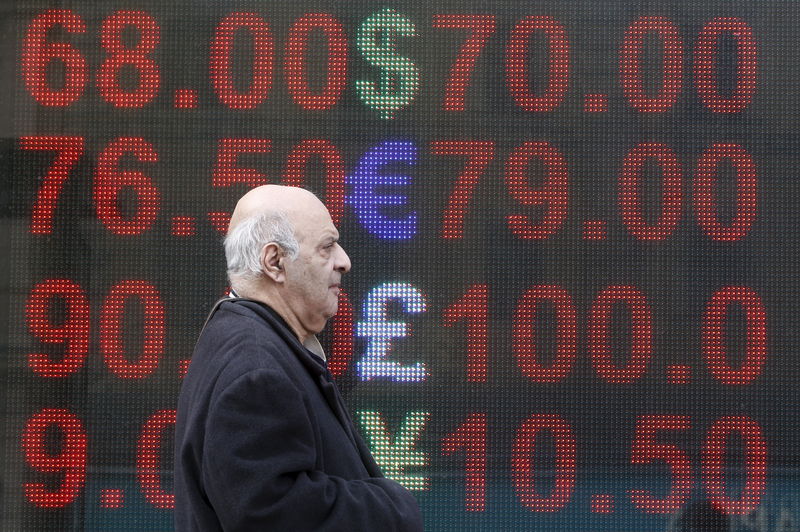(Bloomberg) -- Prices paid to U.S. producers rose in November by more than expected, underscoring how climbing input costs are fanning already overheated consumer inflation.
The producer price index for final demand increased 0.8% from the prior month and 9.6% from a year earlier, Labor Department data showed Tuesday. The annual advance was the largest in figures back to 2010.
The monthly jump was the largest since July and exceeded the median estimate of economists in a Bloomberg survey that called for a 0.5% gain.
Excluding the volatile food and energy components, the so-called core PPI increased 0.7% and was up by a record 7.7% from a year ago. Prices of goods and services both advanced last month.
Stock-index futures extended losses as the data reinforced expectations that Federal Reserve policy makers will tighten monetary policy next year.
Materials costs have risen rapidly this year amid transportation bottlenecks, robust demand, and labor constraints. Many businesses have successfully passed those added costs on to customers through higher prices, and the latest report suggests additional consumer price increases in the coming months.
Data out last week showed the consumer price index rose 6.8% last month from a year ago, the fastest annual pace in nearly 40 years. While first concentrated in a handful of categories associated with the economy’s reopening, inflation has broadened out.
The larger-than-expected, sustained increase in inflation has put pressure on policy makers to act. The Fed, which will wrap up its final meeting of the year Wednesday, is anticipated to accelerate the wind down of its bond buying program, an action that would allow the central bank to begin increasing interest rates next year.
Producer prices excluding food, energy, and trade services -- a measure often preferred by economists because it strips out the most volatile components -- rose 0.7% from the prior month. Compared with a year earlier, the gauge jumped a record 6.9%.
Goods prices increased 1.2% in November from a month earlier, reflecting broad advances that included iron and steel scrap, gasoline, and fruits and vegetables.
Services costs rose 0.7%, in part reflecting a jump in prices for investment portfolio management.
Costs of processed goods for intermediate demand, which reflect prices earlier in the production pipeline, rose 1.5% from a month earlier. Compared with a year earlier, the measure jumped 26.5% -- the largest since 1974.
